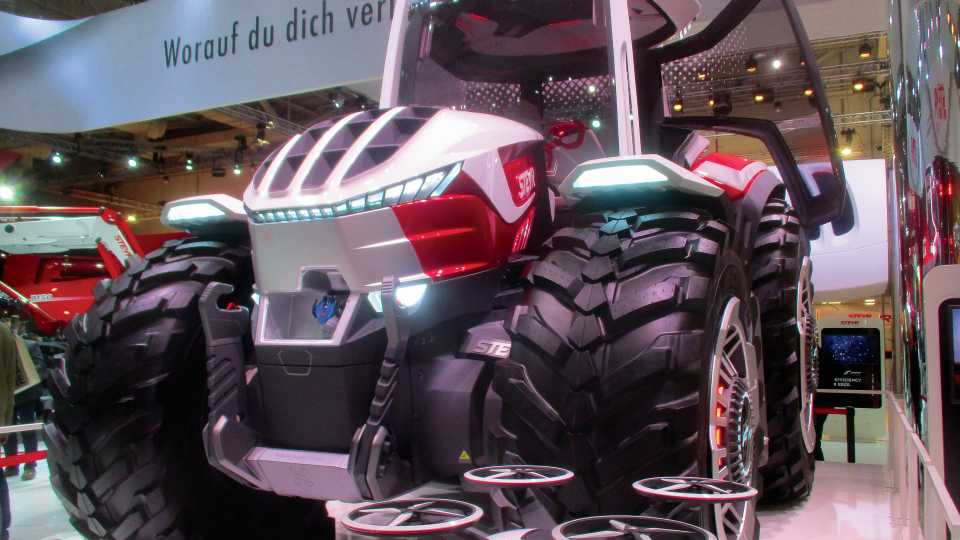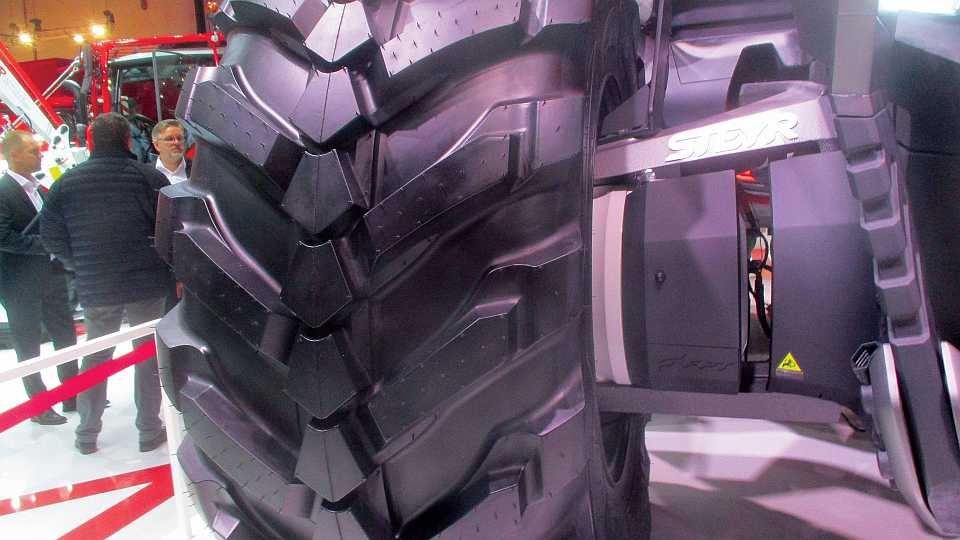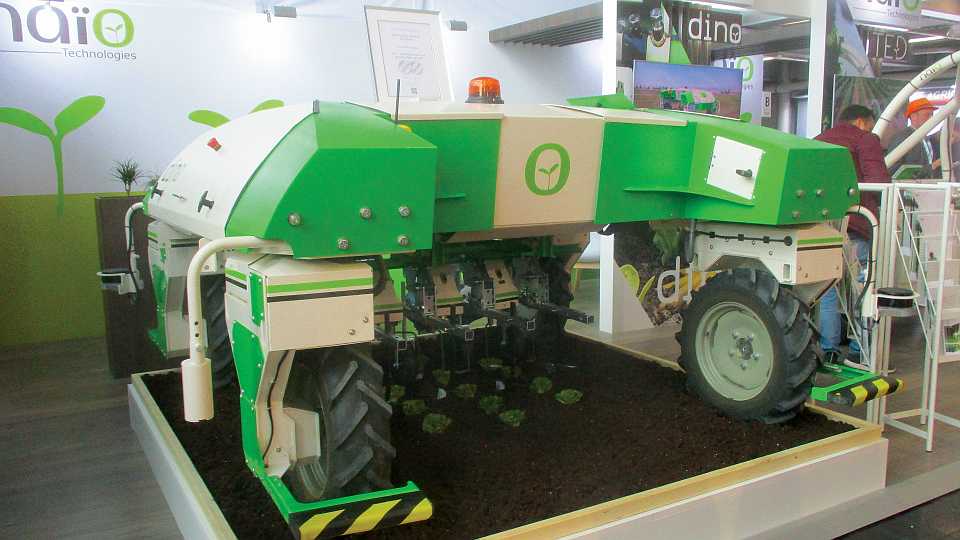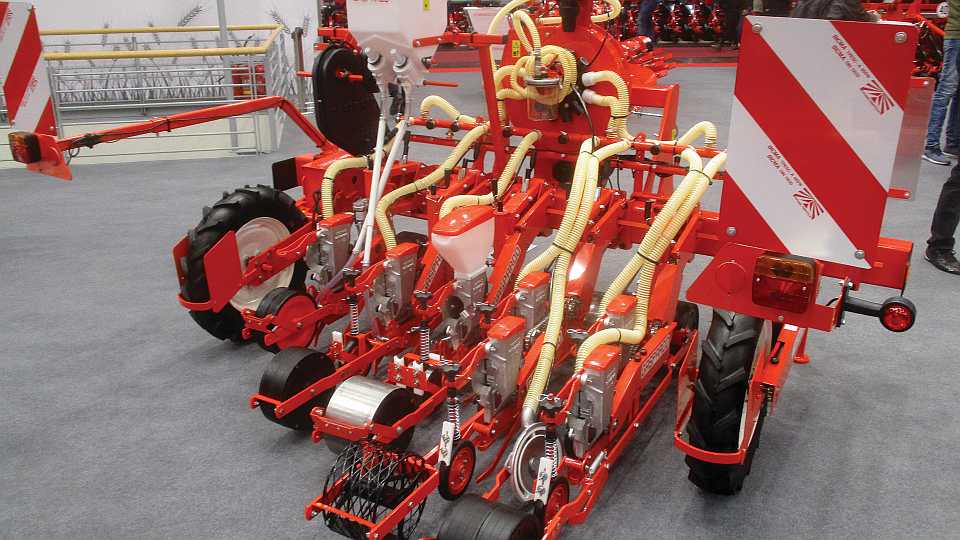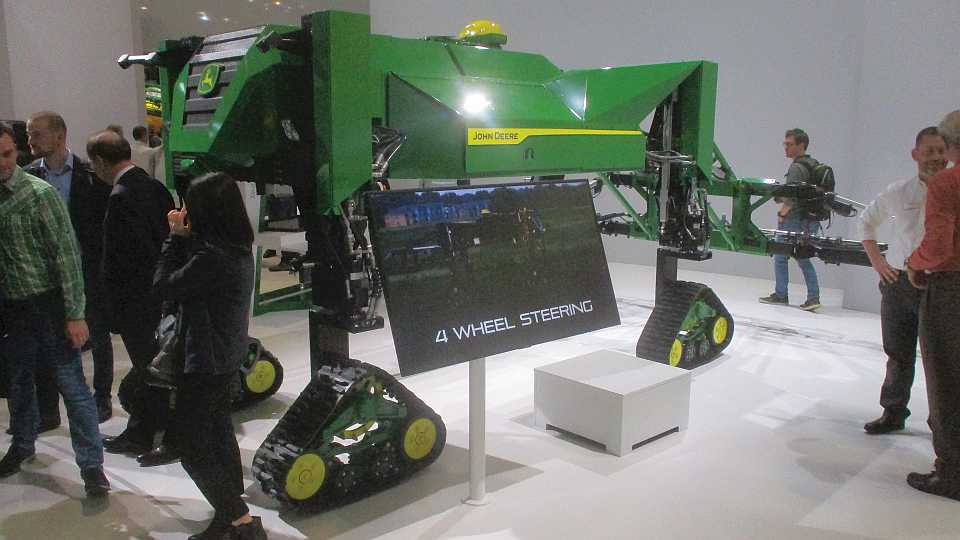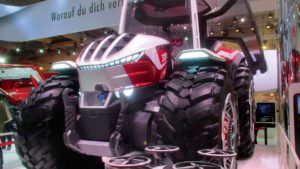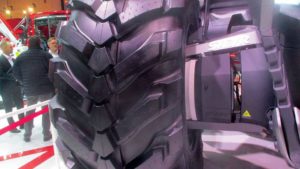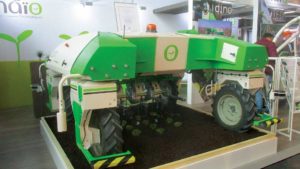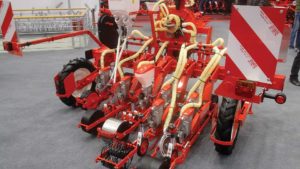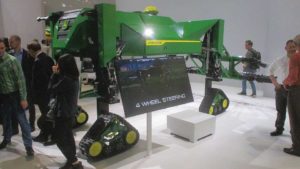How Advancements in Farm Equipment will Improve Productivity
Every two years, the engineers from around the world who design agricultural machinery attend a series of events in Hannover, Germany, despite the inevitably grey, chilly weather. In November, the latest iteration of the event was held as the engineers came together for a technical engineering conference (limited to 1,100 attendees). The event, AgriTechNica, also provides opportunities for the worldwide staffs of multinational companies to meet, meetings of academic experts, and to join with farmers to be among the 450,000 attendees at the world’s largest farm machinery show.
There was optimism among those gathered at the event. Feeding an ever-increasing world population, which demands a more varied diet produced in an economically, environmentally, and socially sustainable manner, is certainly very challenging. But some technologies are rapidly advancing to partially help with this task.
Electrification and Digitalization
The two big categories that continue to capture the most interest at AgriTechNica were advances in electrification and digitalization. There are more efforts and more progress in these areas, sometimes in combination. Some concepts are ready for production and some will require further research, development, and commercialization.
There were many tractor design concepts presented. Power can be supplied by batteries, an electric cord, and natural gas, as well as diesel engines. It appears to me that the near-term tractors will most likely still have diesel engines supplying mechanical and hydraulic power, but with on-board generation of 48-volt (V), and eventually 700V power for both on-tractor and on-implement uses.
Rather than purely electrical tractors, the bigger and more current trend is to replace hydraulic and mechanical drives on implements with electrical drives. In some cases, even the wheels on implements and trailers will be powered by electricity to reduce the tractive power to be provided by the tractor. Proposals are to either have a large motor provide power for several wheels with mechanical components or to have individual motors within every wheel hub were discussed. Another interesting concept was to have an electromechanical PTO drive so even tractors with conventional PTO implements would be operated at both the best engine speeds and best PTO speeds for any situation.
The increasing use of electrical drives will allow better digital control of equipment. Control of individual motors supplying fertilizer delivery tubes allows product to be applied as needed in an individual row. One project successfully demonstrated applying fertilizer only at the target distance from the seed instead of in a continuous band in the row. Field tests demonstrated an increased yield with the same amount of fertilizer or an equal yield with less starter fertilizer for this concept. Of course, improved fertilizer use efficiency is good for both economic and environmental reasons.
The increased computer sensing, communication, and control capabilities with more digitalization will allow better utilization of agricultural inputs with less environmental impacts. These capabilities also will allow better machine performance. One of the largest manufacturers demonstrated a grain combine whose travel speed was automatically adjusted based upon measurements of the crop immediately in front of the combine by cameras on the combine and satellite data.
Robots and Data
There continues to be further development of robotic tractors and other robotic equipment, such as robotic weeding equipment. Some concepts have totally robotic solutions in which there is no operator. Other concepts have an operator supervise multiple machines, perhaps driving the lead tractor with the machines following his or her guidance.
Progress in sensing and wireless communication is allowing huge amounts of data to be gathered and provided to the farmer. However, handling the data from different “colors” of equipment is a big problem. There are two big efforts to standardize and allow a farmer the need to learn only one data-management system. One effort is being led by John Deere, Claas, and CNH (Case International, New Holland, etc.). The other has a larger and more diverse group of supporters. It is still too early to speculate what the future will hold in this area.
Technology is never a cure-all. But it can help. Advances in agricultural machinery will help improve productivity, yields, and environmental impacts here in Florida and around the world.





